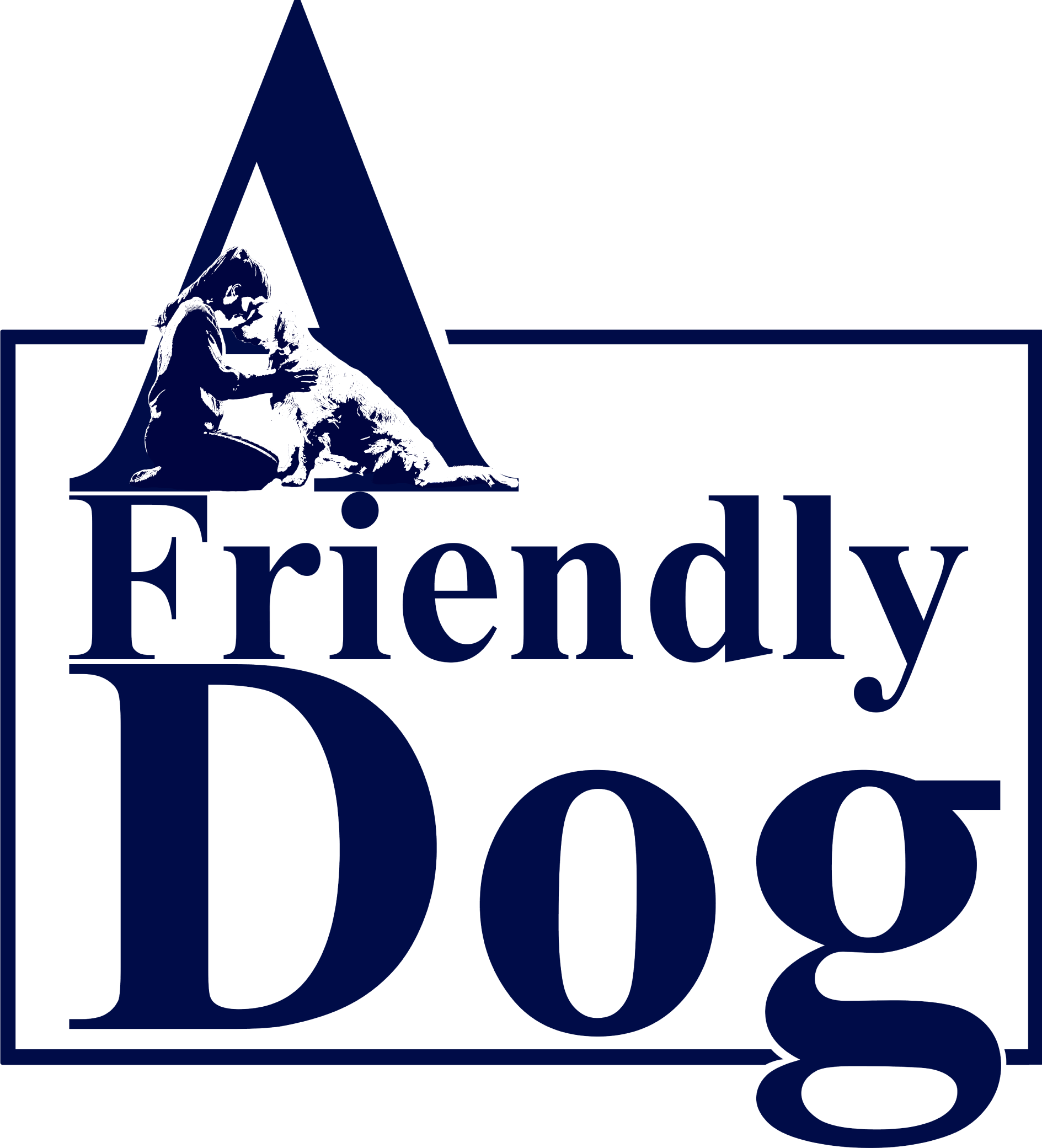Be sure that the modality and practitioner act according to AMVA policy. From there on, you are responsible for establishing a relationship between you, your dog and the practitioner. You need to be able to communicate in an open way and feel comfortable asking questions at every step of the treatment process. This is key to better understanding your expectations and how it aligns with the practitioner’s protocol.
You will communicate to the practitioner with your dog in mind, ensuring that the practitioner is acting on the dog’s behalf in the entire treatment process. You don’t want a practitioner that is prioritizing financial gain or reputation building. Of course, the practitioner should welcome comments and reviews within social media or other community platforms. The practitioner may even have their own website, but nonetheless, the priority should be in providing and promoting holistic care and overall wellbeing for your dog.
Do your research when it comes to more advanced care methodologies, such as those advised for cancer treatment. There are many studies out there dealing with such issues like holistic cancer treatment and alternative care means including the use of prayer. Ask yor vet for guidance, but don’t expect a lot of support.
Limited knowledge exists on how complementary and alternative veterinary medicine (CAVM) affects animals. A mentionable study examines 24 different CAVM therapies used in cats, dogs, and horses by reviewing scientific literature. Three core sources were utilized to determine the scientific quality of articles in the study. Information on study characteristics, species, type of treatment, indication, and effects were examined. Out of 982 publications screened, only 42 were eligible for inclusion, representing nine CAVM therapies: aromatherapy, gold therapy, homeopathy, leeches (hirudotherapy), mesotherapy, mud, neural therapy, sound (music) therapy, and vibration therapy. No studies were found for the other 15 predefined therapies.
The risk of bias varied across the studies, with 17 assessed as high, 10 as moderate to high, 10 as moderate, four as low to moderate, and one as low. Consequently, there is insufficient scientific documentation to draw conclusions about effects of the 24 CAVM therapies. In other words, there’s a lot of evidence based upon opinion and individual perspectives. As such, by acting as the dog’s health advocate, confronting some amount of bias is probably unavoidable.

